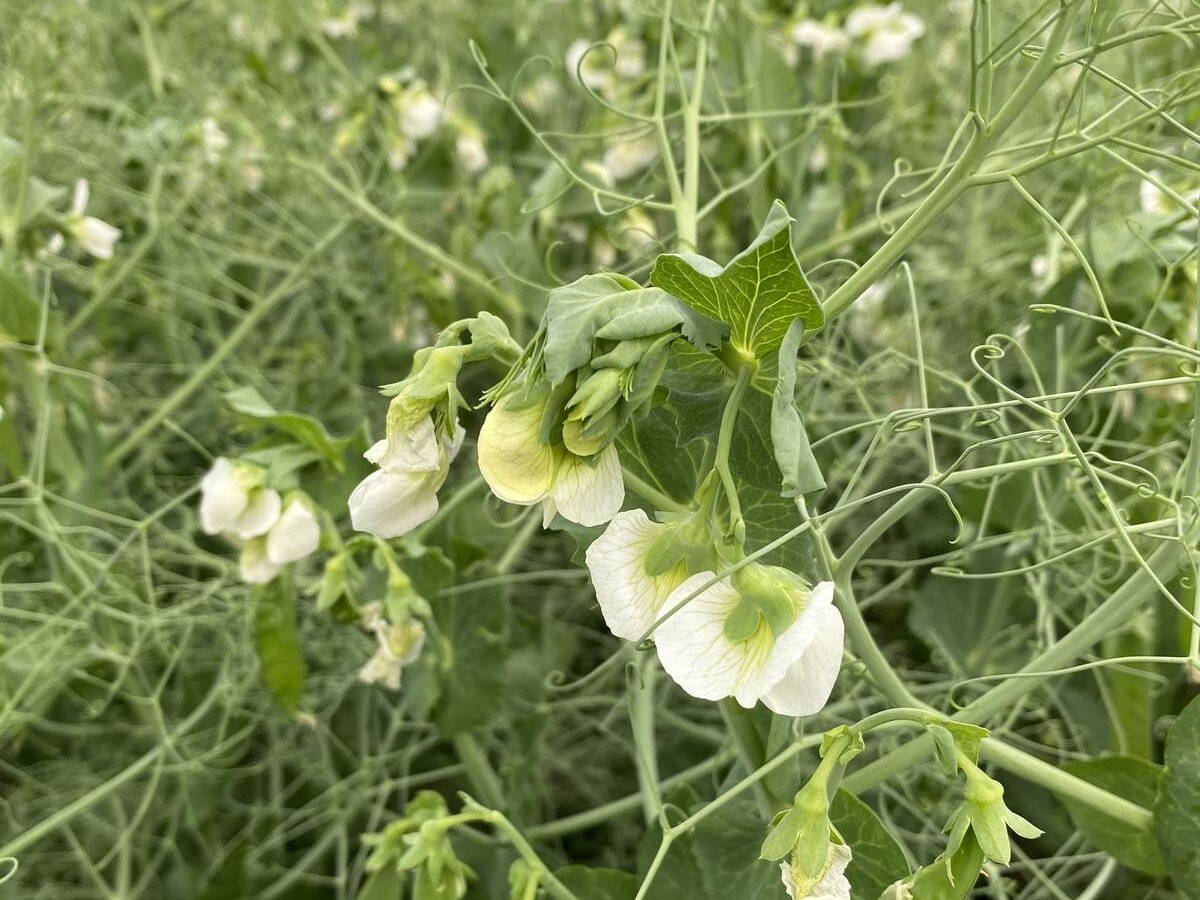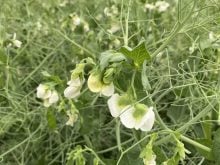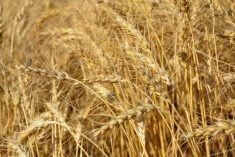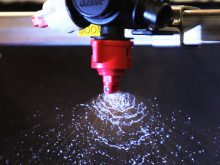A hormone is activated when plants sense local deposits of salt, which triggers a response for roots to avoid the area
Plants do not like salt. To avoid saline areas, they have a vital mechanism that allows them to change their root direction and grow away from it. But how they do that has been unclear until now.
Recently, researchers at the University of Copenhagen in Denmark discovered what happens inside plants at the cellular and molecular level as roots grow away from salt.
Salt in agricultural regions is a growing global problem, due in large part to climate change. In farming regions close to coastal zones, soils can suffer increases in salinity due to storm surges and flooding, subsequently lowering crop yields and threatening production. Yet there is a need to increase crop production to feed a growing population.
Read Also

India slaps 30 per cent import duty on yellow peas
India has imposed a 30 per cent duty on yellow pea imports with a bill of lading date on or after Nov. 1, 2025.
“The world needs crops that can better withstand salt,” said Staffan Persson, a professor in the university’s department of plant and environmental sciences. “If we are to develop plants that are more salt-tolerant, it is important to first understand the mechanisms by which they react to salt.”
Persson said that the research was initiated as a collaboration with Yang Zhao, principal investigator at the Shanghai Center for Plant Stress Biology. Zhao and his colleagues had been working on tropism in plants, or how plants move to avoid environmental stresses. The specific plant response to salt is known as halotropism, first described in 2013. Other tropisms include responses to light (phototropism) and gravity (gravitropism).
“Yang contacted me as they had observed some interesting phenotypes on a mutant affecting the cytoskeletal component microtubules and since my lab has a longstanding interest in these cytoskeletal structures, he wondered if we wanted to collaborate on the project,” he said.
The cytoskeleton of a cell is made up of microtubules giving the cell its shape and helping to organize its parts. It is a network of protein filaments and tiny “bridges” that regulates cell growth and gives structure to the plant cell. It is like a scaffold.
“You can see them (the microtubules) as rails for proteins to move along,” said Persson
Working with Arabidopsis (thale cress), the research group discovered that when a plant senses local deposits of salt, the stress hormone abscisic acid (ABA) is activated. ABA triggers a modification called phosphorylation when a phosphate group is added to certain proteins. The modification changes the activity of the protein and influences how it engages with microtubules to change their organization.
“ABA is considered a general abiotic stress hormone, so it also responds to, for example, water stress,” he said. “The hormone causes a reorganization of the tiny protein-based tubes in the cell, the cytoskeleton. The reorganization then causes the cellulose fibres surrounding the root cells to make a similar re-arrangement, forcing the root to twist in such a way that it grows away from the salt.”
He said that they were surprised at the hormone process of ABA because it has been thought that another growth hormone, auxin, was the actual driver behind the salt stress and other tropisms.
“That the stress hormone ABA is crucial for plants being able to reorganize their cell walls and change shape and direction of growth is completely new. This could open new avenues in plant research where there will be a greater focus on the significant role that the hormone seems to play in the ability of plants to cope with various conditions by changing movement.”
One research project undertaken was to mutate a single amino acid in a protein that drives the twisting of the root. The researchers were able to reverse the twist so that the plant could not grow away from the salt.
“One could perhaps envision that when we know a bit more about how halotropism is controlled, we can utilize this knowledge to modify plants to respond faster and more efficiently to the salt,” Persson said. “We are currently working on Arabidopsis. We would need to first move the knowledge we have from that plant to crop plants to see if we get similar responses and then decide if this would be sufficient to target such responses to get better crop survival.”
Persson said that if they can speed up a plant’s stress response by changing aspects of the cytoskeleton, it might be possible to make its root-twist happen faster.
“In this way, we can strengthen plants by reducing their exposure to salt,” he said. “We have several additional mutations that appear to be associated with halotropism and hydrotropism (the response of plants to water stress) and we are now trying to better understand how these mutations can be put into context of what we know.”
The research was published in the journal Developmental Cell.















